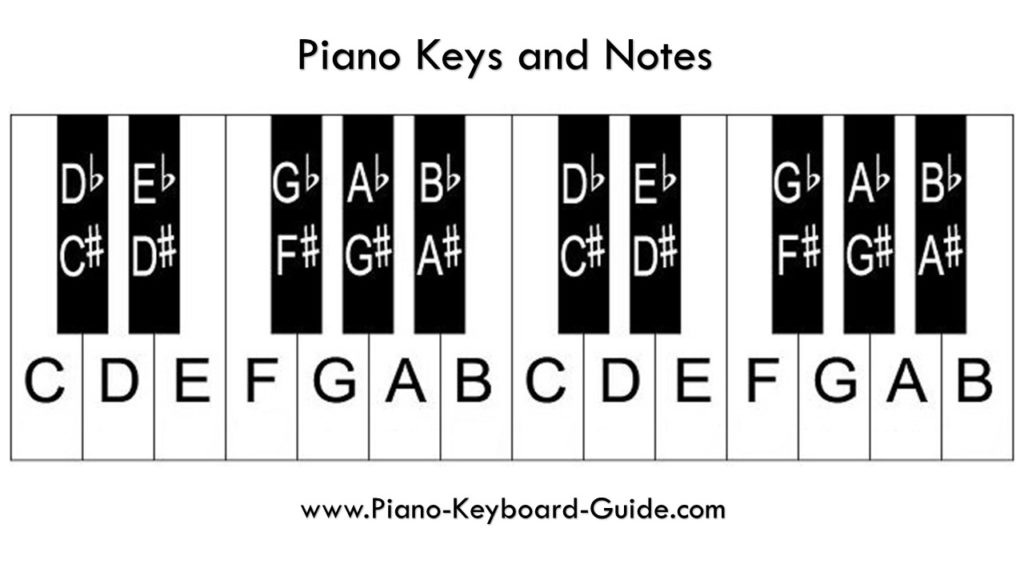Most people who have looked into modes know that the names of the scales that use all the white keys on a piano have different names:
- C – C, i.e. C D E F G A B C = Ionian (major)
- D – D = Dorian
- E – E = Phrygian
- F – F = Lydian
- G – G = Mixolydian
- A – A = Aeolian (natural minor)
- B – B = Locrian
This is all very well if you would like to play in ‘D Dorian’ (the Dorian scale with the tonic note [or ‘final’] being D) because all you need to do is play on the white notes, treating the note D as your ‘home’ note. But, what if that key was too high or low for your singer? What if he would prefer to sing the piece in C Dorian? How do you convert all the notes of the scale to the new key? How do you go about transposing modes?
You could do it the long way and think about the tone and semitone steps in the scale, then figure out each individual step of the scale. But, that takes a long time and a lot of effort. If you know your major scales there’s a much easier way.
Think of if this way: D Dorian is the same as C major but with the starting note a tone higher (two steps on the piano, including the white and black notes). So, if I wanted to play in C Dorian, I would need to play a scale that starts on C but uses the notes of a major scale that’s a tone lower than C. So, C Dorian is the Bb major scale, but starting on a C:
C D Eb F G A Bb C
Likewise, if I wanted to play a Eb mixolydian all I need to do is think about how far away the note G is from C (because the G mixolydian scale uses the notes of the C major scale):
C – C# – D – D# – E – F – F# – G
As you can see, you would need to take 7 steps down to get from G to C. Using the same logic, and Eb mixolydian scale would start on an Eb and use the notes of the major scale that’s 7 semitone steps down from there – Ab. So, the Eb Mixolydian would have the following notes:
Eb – F – G – Ab – Bb – C – Db – Eb
You can apply the same logic to any of the modal scales, and the pattern will always work – absolutely no exceptions whatsoever. All you need is to be able to count the steps from one note to another, and to know the notes of your major scales. You might want to use a keyboard to help you out with this.

And if you need any further help with your understanding of music theory, you could always book in with me for a 1-2-1 lesson, either over Zoom or in person here in Skipton, North Yorkshire. Just drop me a line on 07746 637472.
Share this page:
